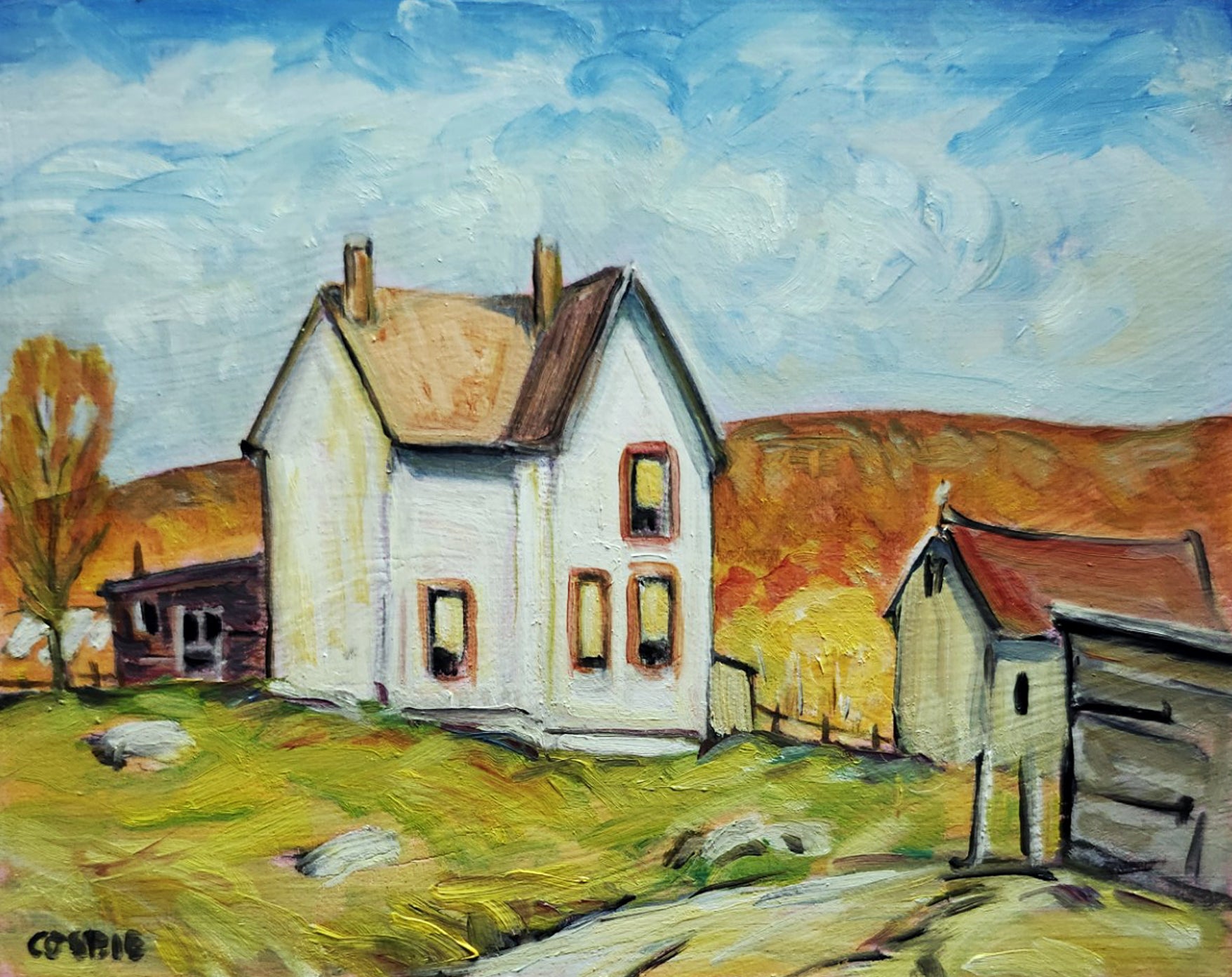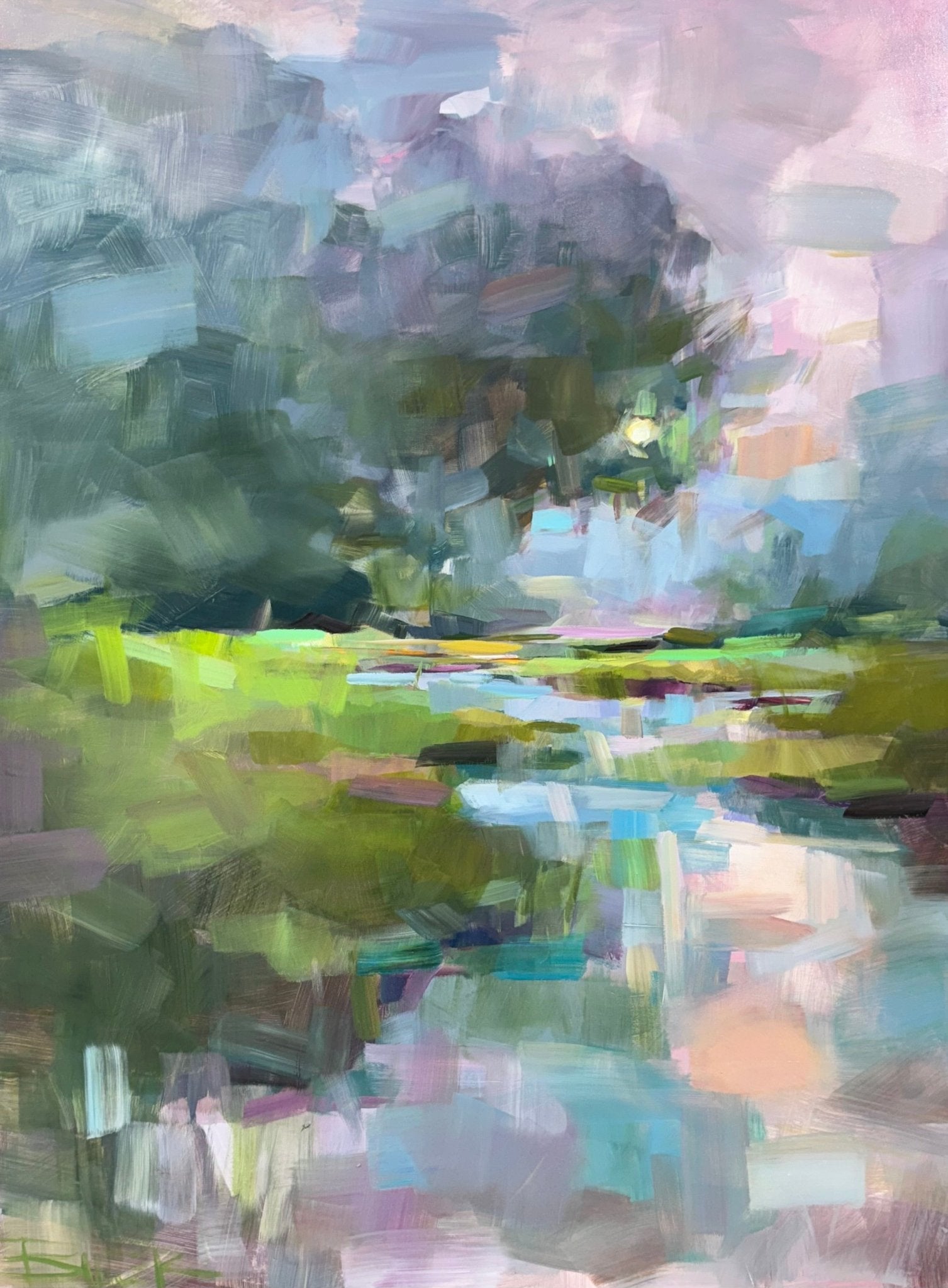Gallery-Inspired Interior Pieces: Oil Paintings for Sale
Gallery-Inspired Interior Pieces: Oil Paintings for Sale
Blog Article
Discovering Everything About Oil Paintings: A Guide to Understanding Their Charm and Value
Oil paintings have captivated target markets for centuries, supplying a peek right into the imaginative proficiency of different ages. Their rich background is linked with cutting-edge strategies and profound psychological expression. Comprehending the materials and approaches behind these art work can improve recognition. In addition, the marketplace for oil paintings presents chances for collectors and capitalists alike. As one discovers this remarkable world, the inquiry occurs: what makes an oil painting truly beneficial?
The Background of Oil Painting: A Trip Through Time
Oil painting has origins that date back to ancient times, it truly flourished throughout the Renaissance, when musicians discovered its versatility and rich shade potential. Early examples can be traced to the 7th century, with techniques progressing notably throughout societies. The tool became famous in Northern Europe in the 15th century, especially through the works of musicians like Jan van Eyck, that originated its usage for comprehensive realism and vibrant hues. This duration noted a departure from tempera paints, enabling for better deepness and texture. As oil paint spread, it influenced countless artists, bring about masterpieces by popular numbers such as Leonardo da Vinci and Rembrandt. The medium's heritage continues, shaping the art world well into contemporary times.
Recognizing Oil Paints: Products and Techniques
As artists explore the globe of oil paints, they encounter a varied array of materials and techniques that define this medium. The main parts of oil paint include pigments, which offer color, and drying oils, such as linseed, that bind the pigments and facilitate application. Numerous additives can change the paint's texture and drying time, enhancing adaptability. Methods like glazing, where clear layers are accumulated, and impasto, which involves using thick paint, enable for different visual effects. Furthermore, using brushes, combination blades, and even fingers can create one-of-a-kind structures and surfaces. Comprehending these products and methods enables musicians to totally share their creative thinking and achieve the desired influence in their art work.
The Duty of Color in Oil Paints
Color plays a pivotal duty in oil paintings, influencing both visual charm and psychological vibration. Understanding color concept basics, consisting of the relationships in between colors, can boost an artist's capability to communicate mood and environment. Additionally, grasping color blending techniques enables higher depth and splendor in a paint's combination.

Color Concept Essential
Comprehending shade theory is vital for artists functioning with oil paints, as it creates the foundation for creating harmonious and visually engaging structures. Color theory encompasses the study of exactly how shades connect, the shade wheel, and the connections between main, additional, and tertiary colors. Musicians use complementary shades to improve contrasts and create prime focus, while similar shades promote unity and cohesiveness within an item. Furthermore, the concepts of trendy and warm colors affect the perception of depth and room in a paint. Understanding these principles enables artists to manipulate shade effectively, assisting the audience's eye and communicating their desired message. Proficiency of shade concept eventually enriches an artist's capability to communicate emotions and concepts with their job.
Emotional Influence of Color
The psychological effect of color in oil paintings plays a vital function in just how audiences view and connect with artwork. Shades stimulate details feelings and moods, affecting the customer's psychological state. For example, warm colors like reds and oranges can create a feeling of warmth and power, while trendy tones such as blues and greens usually evoke calmness or self-contemplation. Artists purposefully select color combinations to boost narrative elements, leading the audience's emotional journey. The saturation and contrast of shades even more magnify these impacts, drawing focus and producing emphasis. Ultimately, the interaction of shades in oil paints not only enhances their visual allure but likewise acts as a powerful medium for psychological expression, enriching the audience's experience and analysis.
Shade Mixing Techniques
While many elements of oil painting add to the general make-up, understanding shade mixing techniques is vital for accomplishing desired results and deepness. Shade blending can be come close to through different approaches, consisting of the additive and subtractive processes. Additive mixing involves incorporating colors of light, while subtractive mixing relies upon pigments, where colors mix to produce brand-new shades. Musicians commonly utilize a minimal palette to create unified works, comprehending the connections in between primary, secondary, and tertiary shades. Techniques such as glazing and scumbling even more boost deepness and luminosity. By skillfully blending colors, a musician can stimulate emotions, develop prime focus, and accomplish a sense of realism, eventually elevating the painting's aesthetic and emotional impact.
Famous Oil Painters and Their Iconic Works

Renowned for their mastery of color and strategy, oil painters have actually produced a few of the most popular art work in background. Prominent artists like Vincent van Gogh captivated audiences with his emotive brushwork in "Starry Night," while Claude Monet's "Perception, Daybreak" prepared for Impressionism. Leonardo da Vinci's "Mona Lisa" stays an enduring symbol of creative brilliant, showcasing his skill in catching human expression. On the other hand, Rembrandt's "The Night Watch" illustrates his innovative use light and shadow. Various other remarkable figures consist of Pablo Picasso, that reinvented contemporary art with his vibrant trial and error in jobs like "Les Demoiselles d'Avignon," and Georgia O'Keeffe, whose vivid depictions of blossoms and landscapes aided define American modernism. Each musician's one-of-a-kind style contributed significantly to the oil paint landscape.
Exactly how to Examine the Quality of an Oil Paint
Assessing the high quality of an oil painting entails a mindful assessment of workmanship methods, in addition to an analysis of shade and composition. Observing brushwork, layering, and the application of paint can disclose the artist's ability level. In addition, the interplay of colors and the total arrangement of components add considerably to the painting's visual value.
Examining Workmanship Techniques
A meticulous evaluation of craftsmanship strategies is crucial for figuring out the top quality of an oil paint. Evaluators ought to first examine the application of paint; thick, textured brushstrokes might recommend a competent hand, while extremely uniform applications can indicate a lack of deepness. oil paintings for sale. The layering method is additionally essential; the visibility of lusters and varied density can improve luminosity and complexity. In addition, the high quality of the materials utilized, such as the canvas and pigments, plays a considerable function in resilience and overall aesthetic. Attention to information in components like edges and changes between colors shows the artist's commitment to their craft. Eventually, these methods add to the paint's emotional impact and market price, working as indications of the artist's skill and intent
Analyzing Shade and Structure
While assessing the top quality of an oil painting, one need to concentrate on the interaction of color and structure, as these aspects are essential to the artwork's total impact. Shade choices can evoke feelings and establish state of mind; for that reason, the musician's palette ought to be taken a look at for consistency and comparison. A healthy make-up routes the viewer's eye and creates a sense of unity. Artists typically utilize methods like the policy of thirds or leading lines to improve aesthetic rate of interest. Furthermore, using light and shadow can include deepness, boosting the three-dimensionality of the paint. Inevitably, an effective oil painting marries color and composition, engaging the viewer and inviting a deeper appreciation of the artist's vision and technique.
Caring for and Preserving Oil Paintings
Proper care and preservation of oil paints is essential for keeping their honesty and long life. To secure these artworks, it is important to display them far from direct sunlight, which can cause fading and staining. Keeping a steady environment with regulated temperature level and moisture additional aids in stopping damages. Cleaning up must be done carefully utilizing a soft, dry fabric, preventing any type of extreme chemicals that might hurt the paint or varnish. Routine evaluations for signs of damage, such as flaking or splitting, are recommended. When transferring or saving oil paints, proper extra padding and framing are essential to prevent physical injury. Inevitably, thorough care contributes to the aesthetic allure and value of oil paintings with time.
The Marketplace for Oil Paintings: Spending and gathering
Understanding the market dynamics for oil paints is necessary for collection agencies and investors alike. The value of these art work is influenced by various variables, including the artist's online reputation, historical relevance, and present patterns. Collectors often seek pieces that reverberate personally while taking into consideration potential appreciation in worth. Public auctions and galleries serve as key locations for trading, with prices changing based upon need and rarity. Purchasing oil paintings calls for research right into the market, in addition to an understanding of credibility and provenance. Additionally, arising musicians may supply chances for substantial returns, while developed names can command high prices. Overall, a critical strategy to collecting can produce both visual pleasure and financial benefits.

Regularly Asked Questions
What Are the Environmental Effects of Oil Paint Materials?
The environmental impacts of oil paint materials consist of the release of volatile organic compounds (VOCs), dangerous waste generation, and source extraction for pigments. These elements contribute to contamination and environmental destruction, raising problems amongst environmentally conscious musicians and consumers.
Exactly How Do Various Canvases Influence Oil Painting Results?
Different canvases affect oil painting results considerably. Absorbency, surface, and structure top quality can change paint application, drying times, and shade vibrancy. Musicians frequently choose certain canvases to attain desired results and enhance their creative expression.
Can Oil Paintings Be Recovered if Harmed?
Oil paints can undoubtedly be recovered if harmed. Specialist conservators make use of various strategies to fix splits, clean surface areas, and address discoloration, guaranteeing that the art work keeps its initial elegance and value for future generations.
What Are the Indications of an Initial Oil Paint?
The indications of an original oil paint consist of noticeable brush strokes, texture variations, and an irregular canvas weave (oil paintings for sale). Additionally, credibility may be validated through provenance, trademarks, and the presence of a varnish layer unique to oil tools
Just How Has Technology Influenced Modern Oil Painting Techniques?
Innovation has substantially influenced modern oil paint methods by presenting digital devices for planning, click here boosted materials for texture and durability, and on the internet systems for sharing and marketing art, thereby expanding musicians' innovative possibilities and target market get to. Oil painting has roots that date back to old times, it truly grew during the Renaissance, when musicians found its flexibility and rich shade potential. The emotional impact of shade in oil paintings plays a vital duty in how audiences link and view with art work. While numerous facets of oil paint contribute to the total composition, mastering shade mixing techniques is necessary for accomplishing desired effects and depth. Assessing the top quality of an oil paint includes a careful evaluation of workmanship methods, as well as an evaluation of shade and structure. While examining the quality of an oil painting, one have to focus on the interplay of color and structure, as these aspects are basic to the art work's overall influence.
Report this page